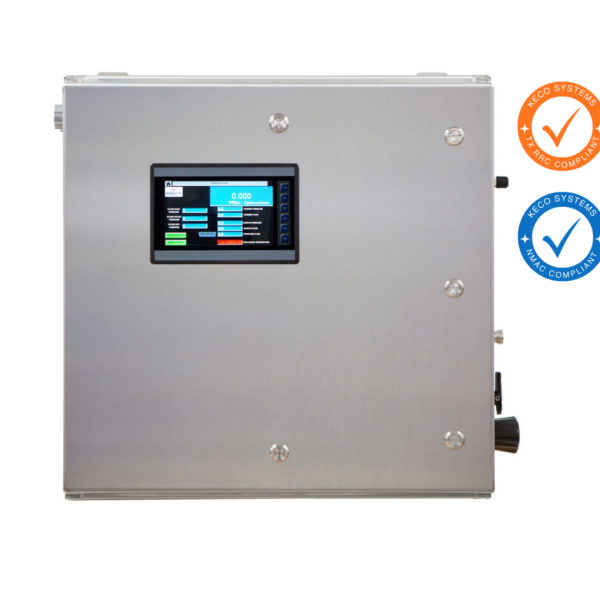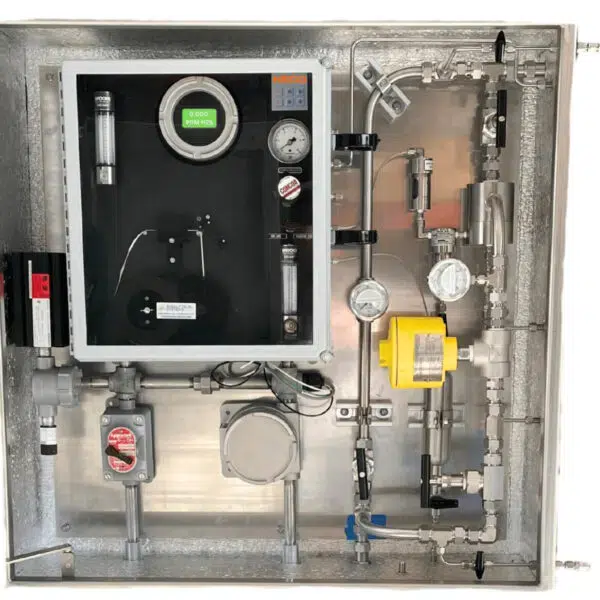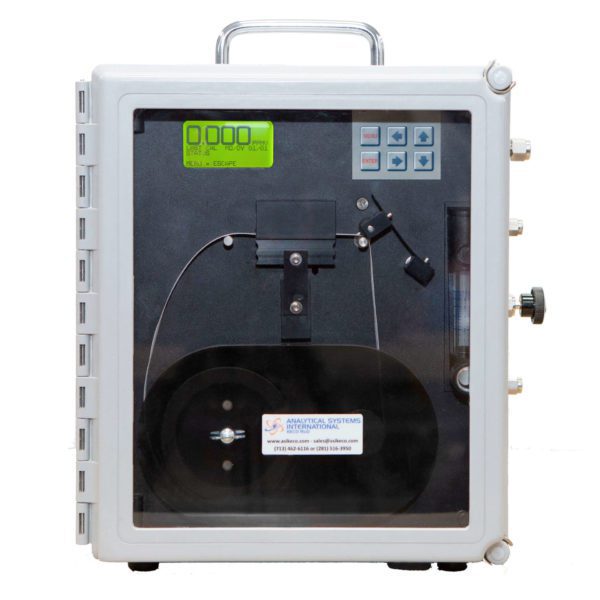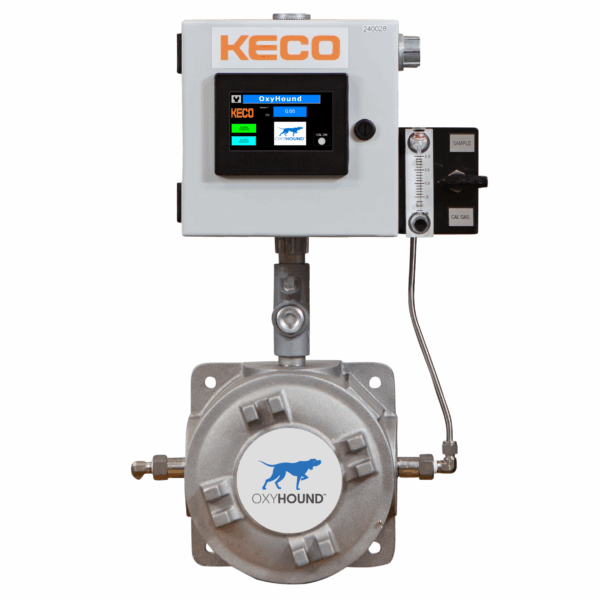
We stand behind our analyzers which is why we offer KECO Care
A complete preventative maintenance and service plan which allows KECO techs to ensure your analyzers are online without you having to lift a finger. Rest assured knowing your analyzers are online 24/7 and keeping your process monitored and under control.






